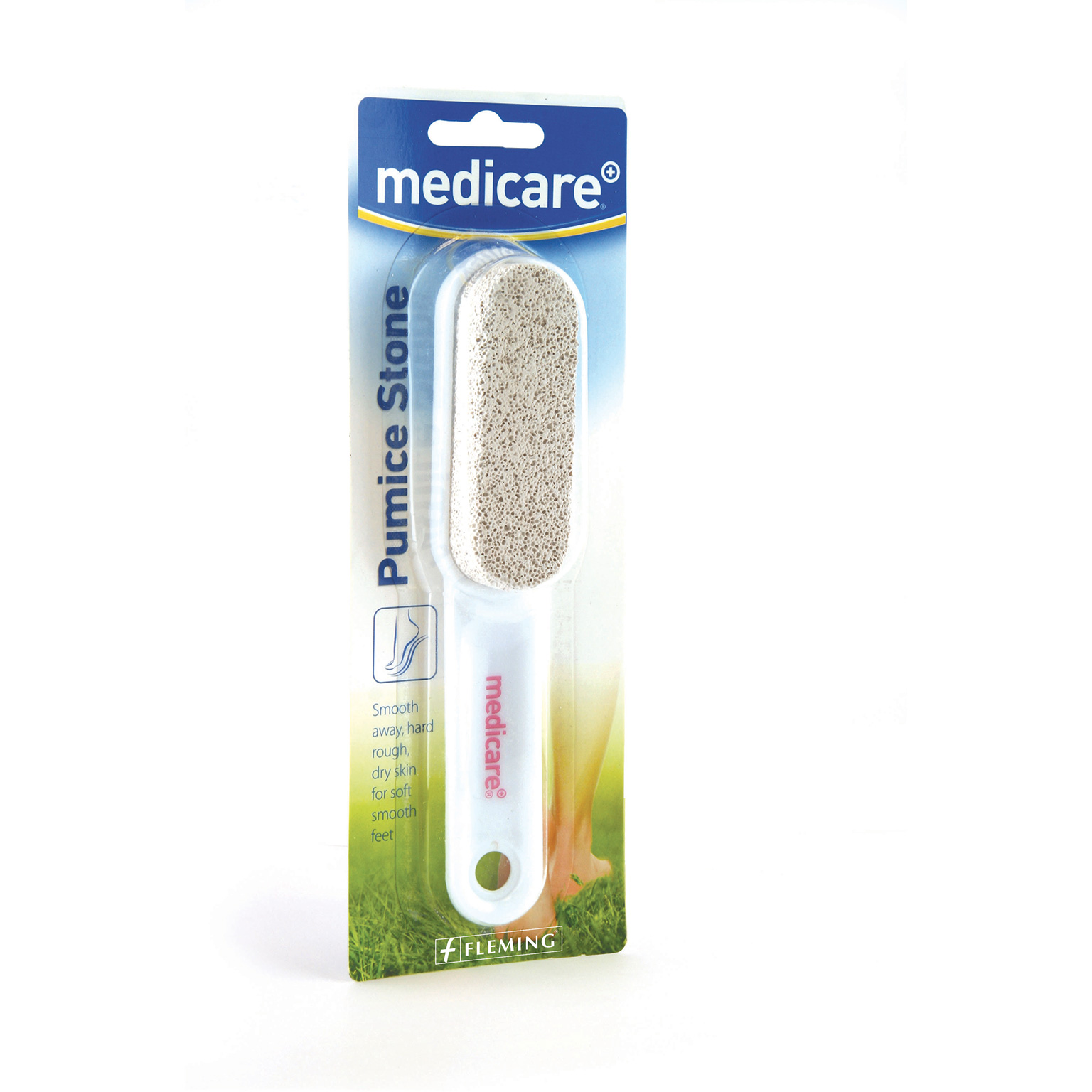Headlines
One Step Ahead: Treating Corns & Calluses
28 July 2022
 Corns and calluses are pieces of hardened skin that develop on the hands, feet, or fingers due to reoccurring
friction.
Corns and calluses are pieces of hardened skin that develop on the hands, feet, or fingers due to reoccurring
friction.
It's easy to get corns and calluses confused with each other so let's find out how they differ, how they are caused, treated, and how to prevent them.
Corns vs Calluses: What's the Difference?
Corns are small lumps of hardened skin that are found in pressure points on the bottoms of the feet and sides of toes. The hard skin generally forms to protect the delicate skin underneath. There are several types of corns to watch out for.- Hard Corns: These are the most common types of corns. They are small, hard, stubborn pieces of skin which are usually found on a larger area of thick skin.
- Soft Corns: These are usually more noticeable due to their white/grey colour. They are rubbery in texture and often appear between the toes.
- Seed Corns: These tend to occur on the soles of the feet and can often appear in groups. This type of corn can be very tender if pressure is applied to the foot.
A plantar callus is a type of callus that forms on the bottom of the heel. They usually form from wearing tight shoes which cause friction and pressure on the soles of the feet. Most calluses will gradually go away themselves when friction stops, however there are ways to quicken the process.

Treating Corns & Calluses:
Luckily, there are a few different options out there to treat corns and calluses and most cases are manageable at home.Firstly, soak the area with the corn or callus in warm water to soften the skin. Soak for 5-10 minutes.
Using the Medicare Pumice Stone with Handle, gently buff the skin, moving the stone in one direction. The handled stone allows controlled movement to gently reduce and smooth our roughened skin. Ensure not to file too much of the skin as this can cause further damage and bleeding.
For more stubborn corns, apply a Medicare Hydrocolloid Corn Plaster to the area. They used hydrocolloid technology which absorbs moisture and forms a protective second skin support to promote quick healing and relieve pressure. Before application, ensure the area is clean, fully dry and free from lotions and oils.
Medicare Corn Removal Plasters with Salicylic Acid provide relief and protection against both corns and calluses. The salicylic acid helps to break down the hard skin and reduces swelling in the area for instant pressure relief.
When to seek further help?
Corns and callouses are a nuisance but should not impede on your daily life. If you are experiencing intense pain in your feet, oozing, redness, swelling or pus coming from the corn or callus, you may have an infection. It is advised to see a podiatrist/GP. If you are someone who suffers from diabetes, it is best to contact your GP before treating corns/calluses as circulation to the feet is poor and corns and calluses have more of a chance of becoming infected. If you have tried home treatment and it does not seem to be working, contact your local GP/podiatrist.Prevention Tips
In most cases, corns and calluses can be prevented. As we have previously discovered, corns and calluses are caused by friction. Moisturise often and wear comfortable shoes. Minimise walking around in bare feet. To prevent friction, check out our wide variety of insoles, pedicure tools and our Party Feet range below to ensure your feet stay callus and corn free.
Shop the Medicare footcare range



